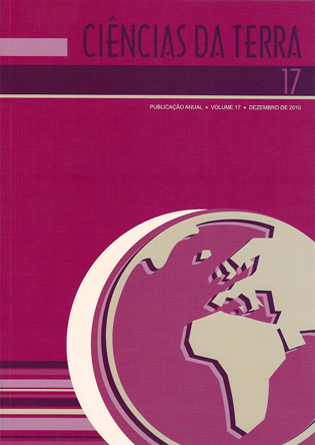Orbital forcing of stratal patterns in an inner platform carbonate succession: an example from an Upper Hauterivian series of the Lusitanian Basin, Portugal
Abstract
Key-words: Stratal variations, inner platform environments, orbital cycles, Hauterivian, Portugal. With an example taken from a late-Hauterivian series of the Lusitanian Basin (Portugal), we will demonstrate the sedimentary record of orbital pattern variations and, consequently, climate variations in an inner platform environment with continuous aggrading sedimentation. The comparison of the variation of bed thicknesses, which reflects carbonate production rates, with that of combined orbital patterns and insolation changes, allows us to establish 4 major orders of periodicity related to orbital components: – The large cycles of bed thickness variation, constituted by 31 32 beds, recording the 400 ky eccentricity cycle component; – The medium cycles, represented by bundles of 8-9 beds, related to the 100 ky eccentricity cycle component; – The small cycles, of 3-5 beds, recording the 41 ky obliquity components; – The very small cycles, of 2 beds, related to the 22 ky and 26 Ky precession components. The mean duration of each bed is around 11.8 ky, a number very close to that of the precession hemi-cycle. Climatic control on quantitative and qualitative carbonate production is confirmed by the close relation between the bed thickness variations, the insolation variability and the variation of micritized elements concentrations.Downloads
Issue
Section
Articles






